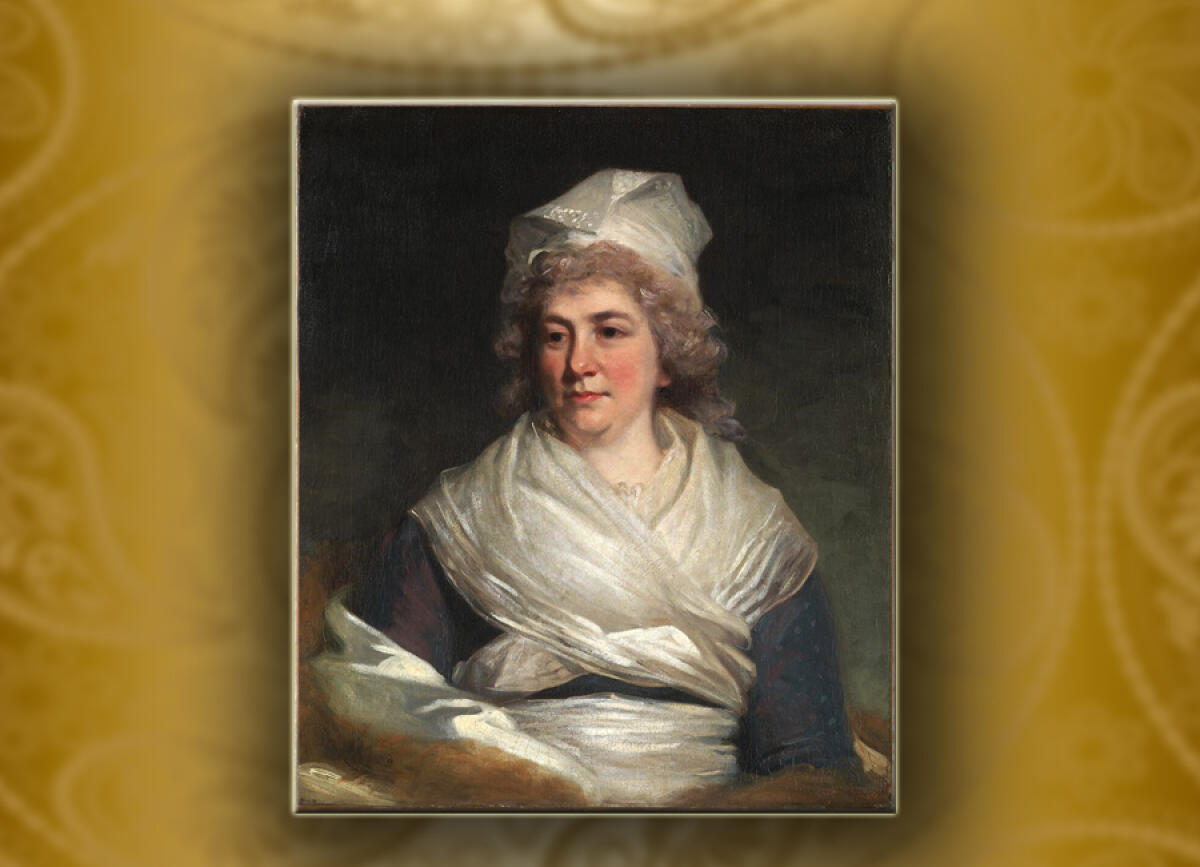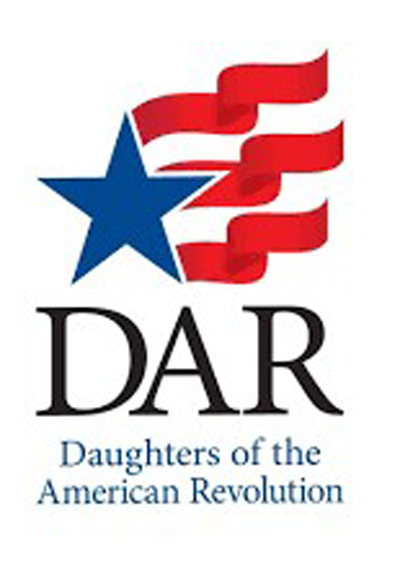- Friday, 2 January 2026
- Have a HOT TIP? Call 704-276-6587 or E-mail us At LH@LincolnHerald.com
The Daughters Of Liberty
Another article from the SAR and DAR leading up to America's 250th birthday in 2026.

(The Metropolitan Museum of Art)
Much has been written about the Sons of Liberty and their role in propelling the rebellion of the American colonies. Their counter parts, the Daughters of Liberty are far less notorious. The Daughters of Liberty was the formal female association that was formed in 1765 to protest the Stamp Act, and later the Townshend Acts, and was a general term for women who identified themselves as fighting for liberty during the American Revolution.
The main task of the Daughters of Liberty was to protest through aiding the Sons of Liberty in boycotts and non-importation movements prior to the outbreak of the Revolutionary War. The Daughters of Liberty participated in spinning bees, helping to produce homespun cloth for colonists to wear instead of British textiles. Women were also used as the enforcers of these movements because they were the ones responsible for purchasing goods for their households. They saw it as their duty to make sure that fellow Patriots were staying true to their word about boycotting British goods.
The Daughters of Liberty are also well known for their boycott of British tea after the Tea Act was passed and the British East India Company was given a virtual monopoly on colonial tea. They began drinking what was later known as "liberty tea." Leaves from raspberries or New Jersey tea (Ceanothus americanus) were commonly used as tea substitutes so people could still enjoy tea while refusing to buy goods imported through Britain.
Chapters of the Daughters of Liberty throughout the colonies participated in the war effort by melting down metal for bullets and helping to sew soldiers’ uniforms. The famed leader of the Sons of Liberty, Samuel Adams, is reported as saying, "With ladies on our side, we can make every Tory tremble.
There are several women who were known to be affiliated with this organization, including the following ladies:
Sarah Bradlee Fulton is most known for her role in the 1773 Boston Tea Party. She is credited with coming up with the idea that Tea Party participants should wear Mohawk disguises to avoid detection from British officials. This suggestion earned her the nickname, "Mother of the Tea Party." She was an active member of the Daughters of Liberty throughout the Revolution, and in later years, she helped to coordinate volunteer nurses to assist with the Battle of Bunker Hill. Both her brother Nathaniel Bradlee and her husband John Fulton were also patriots. Because few surgeons were available, the women did their best as nurses. Among them, Sarah Fulton became a leader. She tended to one poor fellow who had a bullet in his cheek. With steady nerves, she removed the bullet and almost forgot about it until years afterwards, when the patriot came to thank her for her service.
Sarah Franklin Bache was a Daughter of Liberty and the daughter of diplomat Benjamin Franklin. Other than her parentage, she is most known for helping to outfit American Soldiers in 1780. She did extensive relief work and took over the efforts of Esther de Berdt Reed after her untimely death. She raised money for the Continental Army and is known for her involvement in the Ladies Association of Philadelphia. In 1780, under her leadership, the group made 2,200 shirts for the soldiers in the Continental Army at the army's winter quarters at Valley Forge.
Martha Washington, wife of George Washington and First Lady of the United States, joined General Washington during long winter encampments where she was instrumental in providing as much as she could for soldiers. The American Revolution became increasingly stressful for Martha after the signing of the Declaration of Independence, as George faced increased risks on the battlefield. She stayed at Mount Vernon when he was appointed commander-in-chief of the Continental Army in 1775, overseeing the construction of new wings to their home. She then moved to the home of her brother-in-law so as not to be so conspicuous a target during the Revolutionary War. Each winter, Washington would join her husband at his encampment while fighting was stalled. The quality of her housing varied during these visits, both in comfort and in safety. Washington was kept informed of the war's developments by her husband, sometimes performing clerical work for him, and she was even permitted to know military secrets.
Esther de Berdt Reed is best known for creating the Patriot organization, The Ladies of Philadelphia in 1778, which was dedicated to raising money for food and clothing for the Continental Army. Even though she was born in London, she became alienated from Britain by the crown's actions toward the colonies and decided to fully support the Patriot cause. She is also the author of "Sentiments of an American Woman," an essay that intended to rouse colonial women to join the fight against the British. She was able to use her marriage to PA Governor Joseph Reed to help her gain more influence and resources.
Deborah Sampson later emerged as a symbol for female involvement in the Revolutionary War. Rather than supporting the war effort from the outside, she dressed as a man and fought in the war under the name Robert Shurtlieff. She fought in 1781, and her future husband was eventually awarded a pension for her service in the war, albeit after his death. She petitioned Congress multiple times for her pension and borrowed money from the likes of Paul Revere. In 1809, she sent another petition to Congress, asking that her pension as an invalid soldier be modified to start from her discharge in 1783. Had her petition been approved, she would have been awarded back pay of $960 ($48 a year for 20 years). Her petition was initially denied, but when it came before Congress again in 1816 an award of $76.80 a year was approved. With this amount, she was able to repay all her loans and make improvements to the family farm. She died in Sharon, Massachusetts, in 1827. She was proclaimed the Official Heroine of the Commonwealth of Massachusetts on May 23, 1983, and in 1985 the United States Capitol Historical Society posthumously honored "Deborah Samson" with the Commemorative Medal.
Elizabeth Nichols Dyar mixed and applied paint to the men of the Boston Tea Party. She is buried at the Elizabeth Nichols Dyar Memorial in Phillips, Maine, where she lived with her husband Joseph Dyar. Her role in helping to boycott the Tea Act has made her a popular figure in the women's organization the Daughters of the American Revolution. In which several chapters around the country are named after Dyar. In September 1923, the Colonel Asa Whitcomb Chapter of the DAR in Kingfield, Maine, made a formal memorial in her honor.
It is important to note that a majority of these women were in the northern colonies with a significant contingent in Virginia. While the southern colonies did not have formal engagement in the Daughters of Liberty, the women vastly supported these ideals which is evident by the Edenton Tea Party and the Wilmington Ladies Tea Walk – both led by women in North Carolina.

 Jennifer Baker, DAR Vesuvius Furnace
Jennifer Baker, DAR Vesuvius Furnace
















